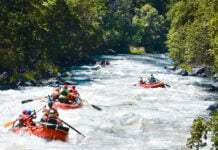Our everyday lives are filled with inventions that have come out of the world of racing. We drive cars with antilock brakes. We ride bicycles with index shifting. Even the canoes we paddle are influenced by racing. Competitive canoe racing motivated the development of many canoe features and techniques that we now take for granted. These innovations help us paddle farther with less effort, even if we’ll never enter a canoe race.
Need for speed: How racing changed canoeing for the better
1 Ultralight composite constructions
Marathon canoe racing grew in popularity following World War II and boomed in the late 70s and 80s. Early racers used traditional canoes made from wood-canvas or aluminum, but designs rapidly evolved into faster shapes and high tech composite constructions.
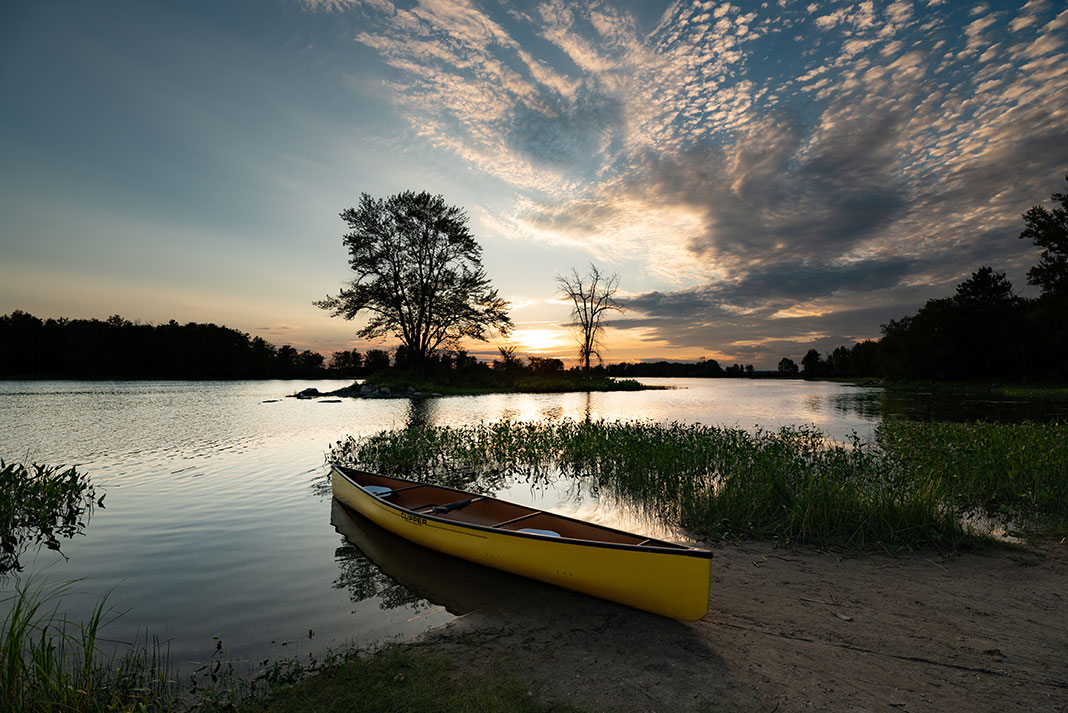
Lighter canoes accelerate faster and stiffer constructions waste less of the paddlers’ energy. Early composite canoes used multiple layers of fiberglass and weighed as much as 70 pounds. The new constructions replaced much of that cloth hull with a stiff foam core. Fiberglass was supplanted by DuPont’s Kevlar 49 fabric, which was half the weight per yard. Gel coat was eliminated. Vacuum bagging fused these components together with just the right amount of resin. These changes cut the weight of the finished canoe almost in half.
Today, the ultralight, skin-coat canoe is commonplace and is the preferred choice of wilderness travelers in places like the Boundary Waters Canoe Area Wilderness and Quetico Provincial Park. If you have ever wondered how they came up with those 40-pound wonders, now you know—racing.
2 Bucket seats and foot braces
Traditional canoe seats are made from a wood frame woven with cane or webbing. It’s a time-tested design that allows for both kneeling and sitting.
As racing canoes got narrower and faster, seats were lowered for increased stability. With kneeling no longer an option, racers started looking for a more comfortable alternative to the traditional wood seat.
Marathon pioneer Ralph Sawyer is said to have developed the first contoured bucket seat. He based his design on a tractor seat, figuring if it was comfortable enough for a farmer, it should work for a canoeist.
Sawyer’s seats rapidly gained popularity and it wasn’t long before all the major manufacturers of racing canoes offered buckets as standard equipment. These companies also offered bucket seats on their recreational designs. Today you’ll find a number of manufacturers who offer bucket seats as an alternative to more traditional options.
Foot braces are standard equipment in racing canoes. A properly fitted foot rest gives the paddler a firm surface to press his feet against. This improves comfort and helps transfer power from the paddler to the canoe. Many recreational canoeists find a foot rest makes it easier to sit up straight in the canoe and improves comfort on a long day of paddling.
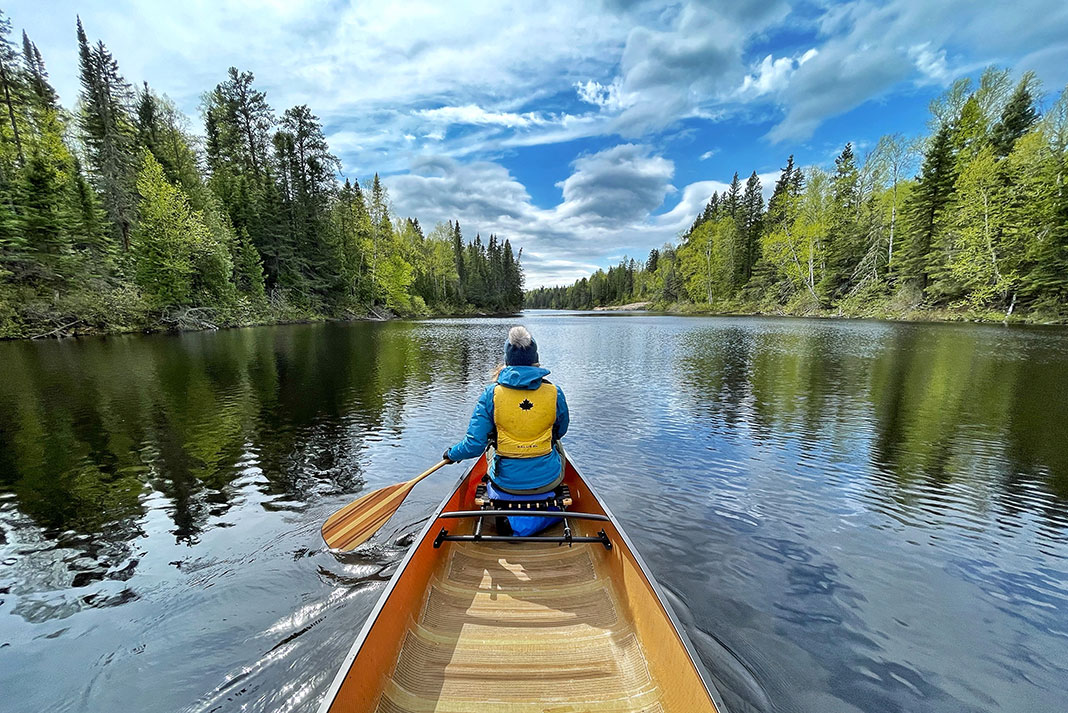
3 Sliding seats
For racers trying to squeeze the last bit of speed out of their canoes, trim is critical. A properly trimmed canoe is faster and handles better than one that’s too deep at the bow or the stern. Correct trim will vary with water depth and current direction, so racers need to be ready to change trim on the fly.
You can always change trim by shifting a heavy object in the canoe, but the easiest way to do it is by shifting the paddlers. A seat that slides forward and backward allows racers to adjust trim rapidly and precisely for optimum performance, and without gear.
Sliding seats are a huge benefit,
even if you don’t care how fast you’re going.
Proper trim matters to recreational canoeists, too. Anyone who’s struggled to keep a canoe pointed into the wind knows how frustrating it can be to control a boat that’s improperly trimmed. Sliding seats make adjusting trim a snap.
Paddling into the wind? Slide the seat forward to anchor the bow more deeply. The stern will now blow downwind and you’ll have no trouble holding your course. Headed downwind? Slide the seat to the rear and enjoy the ride. When paddling across the wind you can use the sliding seat to make small adjustments until the canoe sticks to your preferred track. Sliding seats are a huge benefit, even if you don’t care how fast you’re going.
4 Bent shaft paddles
Bent shaft paddles and marathon paddling are inseparably linked. Racing pioneer Gene Jensen developed the first elbow paddles in the early 70s after watching canoe racers churn the water during forward paddling. Most racers lifted water at the end of their forward stroke, wasting energy. Angling the blade slightly forward eliminated this lifting and made it easier to pull the paddle cleanly from the water. This resulted in more efficient forward paddling.
Today, elbow paddles are standard equipment for racers and are common among lakewater wilderness trippers in certain regions. The angle of the bend has settled at about 10 to 12 degrees—bent enough to eliminate lifting water, but easy to use for draws or other canoe strokes. And weights have come down. A lot.
The earliest elbow paddles were made from wood. These days, racers use ultralight paddles made from high tech composite materials. Today, you’ll find recreational carbon fiber paddles weighing 13 ounces or less and competitive racing paddles as light as seven ounces. Dramatically lighter than wooden paddles.
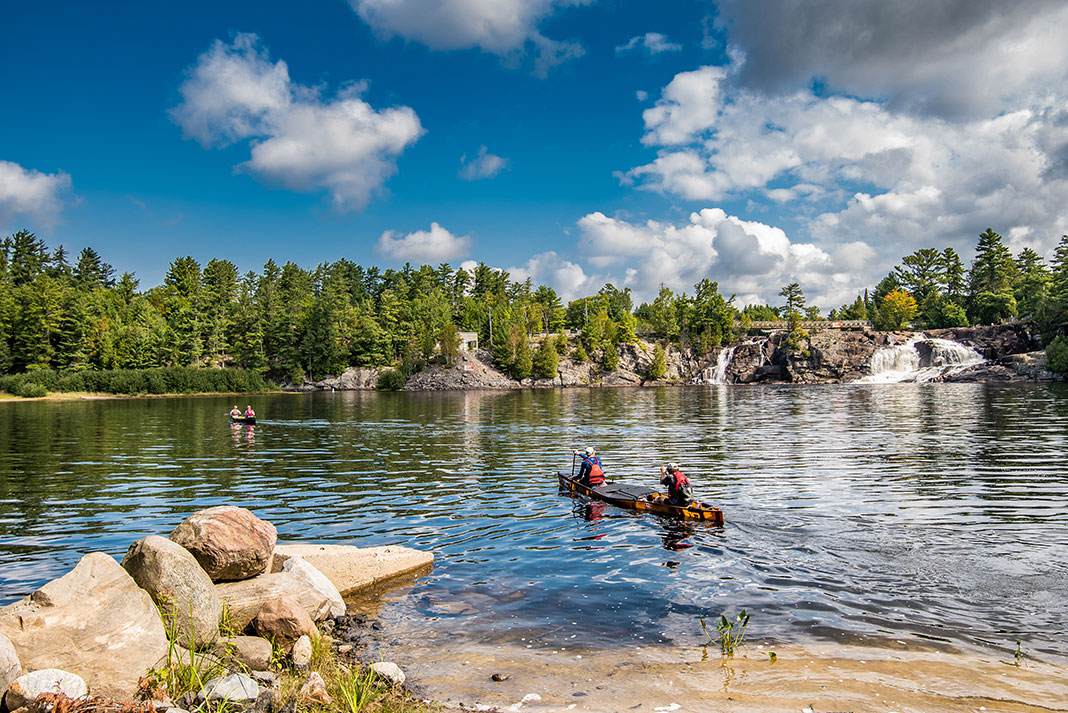
5 Marathon forward stroke
One of the earliest innovations to come out of canoe racing was “sit-and-switch” paddling. Long before he designed the first bent shaft canoe paddle, Gene Jensen developed this powerful forward stroke technique. Today, all canoe racers use this style. It offers a massive increase in efficiency over traditional forward paddling.
Sit-and-switch paddling eliminates the need to steer the canoe with corrective strokes. Instead of steering from the back of the canoe, paddlers simply switch sides every few strokes. All the paddlers’ energy goes into moving the canoe forward.
It works like this. Both paddlers put their paddles in the water at the same time, with the stern paddler matching the bow paddler’s tempo. When the canoe starts to deviate away from the stern paddler’s side, he calls a switch. Both paddlers finish their current stroke and then simultaneously switch sides, taking another stroke without missing a beat.
Paddlers can use any code word to call a switch. Jensen and his partner settled on saying “hut,” adapted from a military marching command. It didn’t take long for “hut” to be the most common switch call in canoe racing.
If you’ve never tried the marathon forward stroke you might think it won’t make much difference. It does. The difference in efficiency and power provided by the marathon stroke is dramatic. It’s like stomping on the gas and jumping into passing gear. If you’re headed into a stiff headwind or paddling against a strong current, you’ll want to be switching instead of steering.
You don’t have to be a racer to appreciate the innovation racing has brought to canoeing. Whether it’s featherlight constructions, sliding seats or ultra-efficient paddling techniques, most of us will find something of value that’s grown out of the quest for speed. Even if we’re just out for a relaxing day on the water.
There are more similarities between driving a tractor and paddling a canoe than you might think. For one, they’re both comfortable to sit in all day, thanks to their bucket seats. For two, they both create some pretty recognizable tan lines. | Feature photo: Eric Volstad


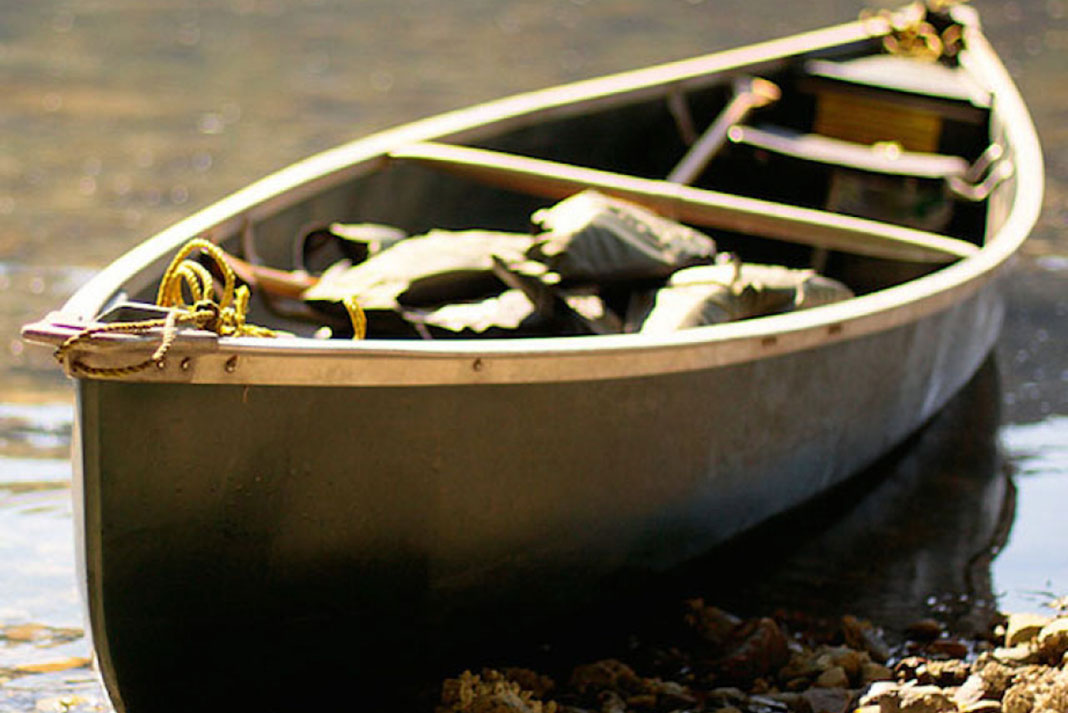
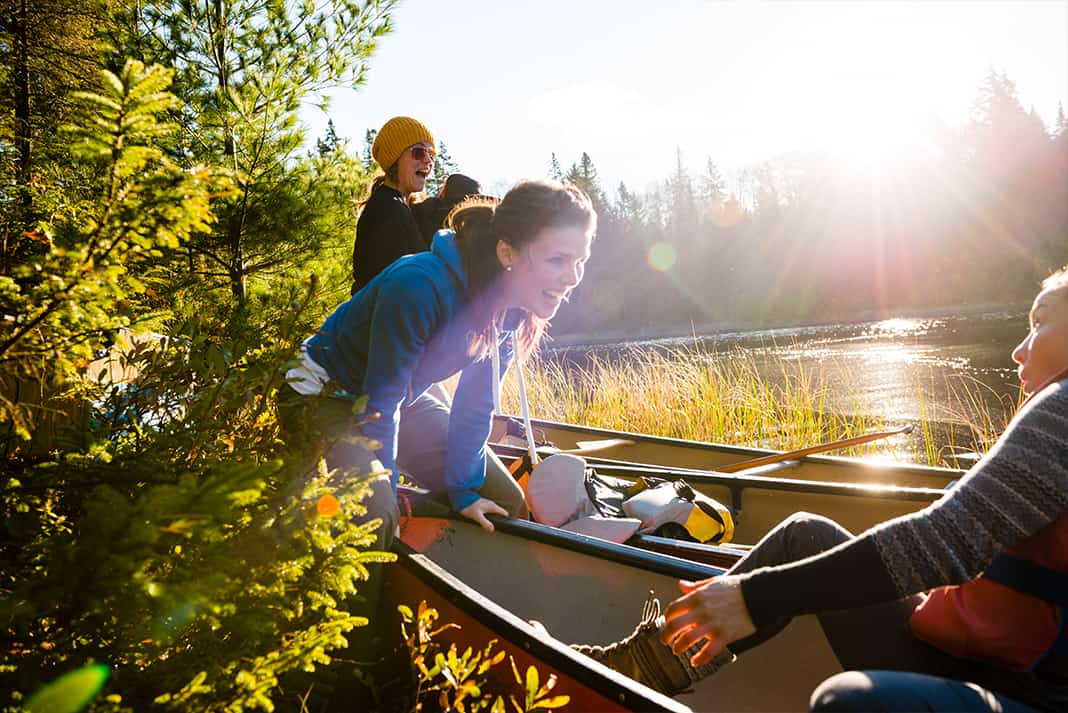
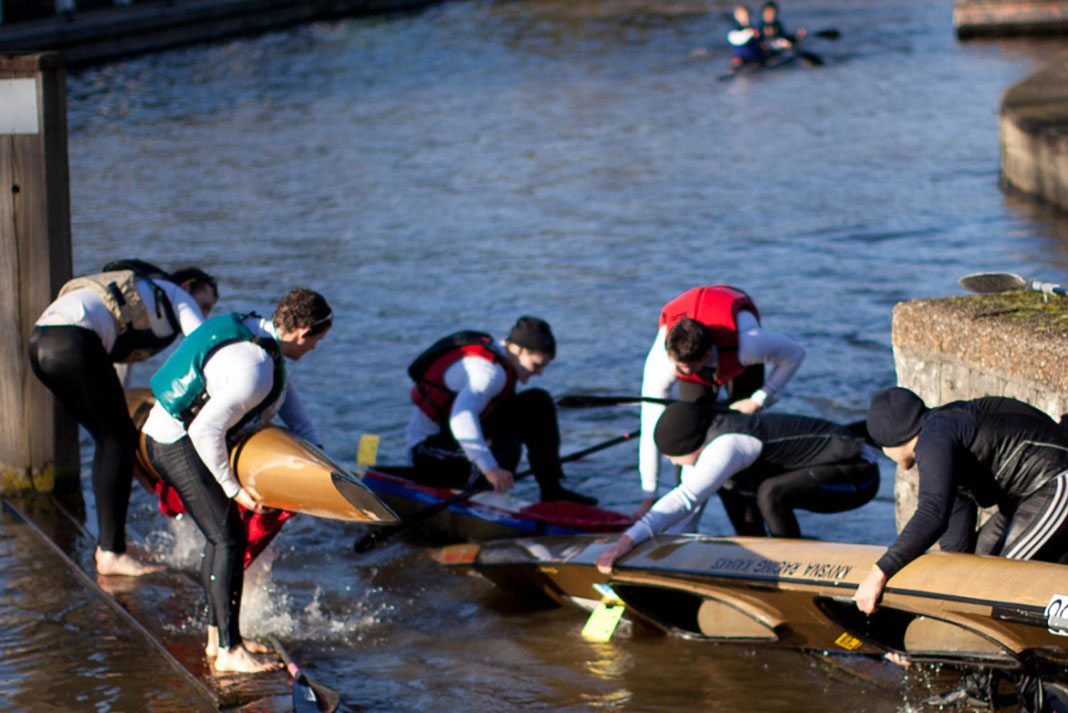
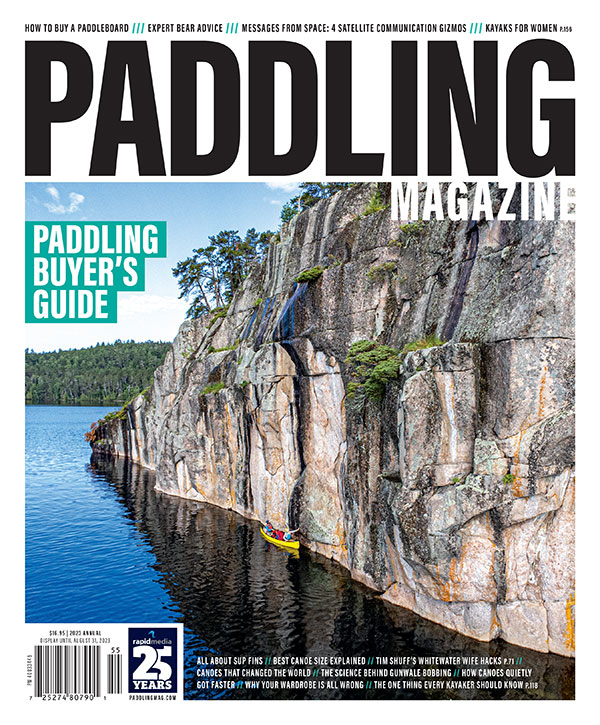 This article was first published in the 2023 Paddling Buyer’s Guide.
This article was first published in the 2023 Paddling Buyer’s Guide. 



